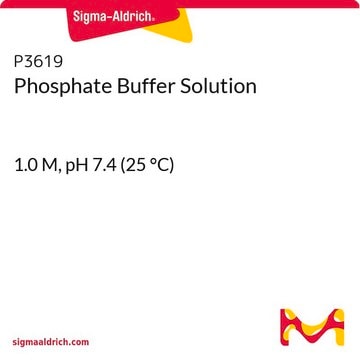234599
Conduritol B Epoxide
≥98% (HPLC), solid, Glucocerebrosidase inhibitor, Calbiochem®
Sinónimos:
Conduritol B Epoxide, CBE, 1,2-Anhydro-myo-inositol
About This Item
Productos recomendados
product name
Conduritol B Epoxide, Conduritol B Epoxide, CAS 6090-95-5, is an irreversible Inhibitor of glucocerebrosidase in neurons. Also inhibits α-glucosidase activity in a variety of species.
Quality Level
assay
≥98% (HPLC)
form
solid
manufacturer/tradename
Calbiochem®
storage condition
OK to freeze
desiccated
color
white
solubility
DMSO: soluble
water: soluble
shipped in
ambient
storage temp.
−20°C
InChI
1S/C6H10O5/c7-1-2(8)4(10)6-5(11-6)3(1)9/h1-10H/t1-,2-,3+,4+,5-,6+/m0/s1
InChI key
ZHMWOVGZCINIHW-FTYOSCRSSA-N
General description
Biochem/physiol Actions
α-glucosidase
Warning
Reconstitution
Legal Information
Storage Class
11 - Combustible Solids
wgk_germany
WGK 3
flash_point_f
Not applicable
flash_point_c
Not applicable
Certificados de análisis (COA)
Busque Certificados de análisis (COA) introduciendo el número de lote del producto. Los números de lote se encuentran en la etiqueta del producto después de las palabras «Lot» o «Batch»
¿Ya tiene este producto?
Encuentre la documentación para los productos que ha comprado recientemente en la Biblioteca de documentos.
Nuestro equipo de científicos tiene experiencia en todas las áreas de investigación: Ciencias de la vida, Ciencia de los materiales, Síntesis química, Cromatografía, Analítica y muchas otras.
Póngase en contacto con el Servicio técnico








